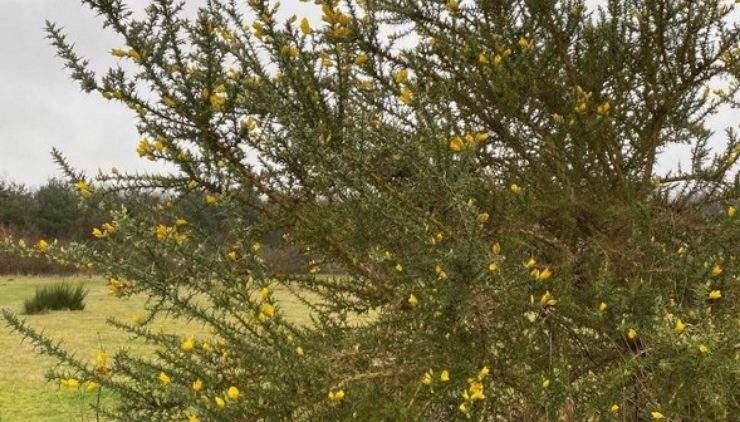August & September 2010
- Categories:
- Nature
Indeed some of the bat walks I have led have been some of the most productive as regards bat numbers.
Visitors have been able to see Brown long eared bats emerging from a bat box, noctules over the heath and feeding frenzies of Pipistrelles along some of the fire breaks.
Nightjars were still on show during the third week of august and on the 30th of September I saw a large flock of swifts hunting over the heath and this is very late as most swifts have already flown south.
It has been a mixed season for butterflies, but there were good numbers of White Admirals and recently Red Admirals and Commas have been plentiful. There are still plenty of dragon flies to see at the conservation pond with some very confiding Migrant and Southern Hawkers checking out visitors to their patch.
One really interesting result of the wet, warmish, weather in August is that we have numerous species of fungi carpeting the woodland floor in many places. This is a real contrast from last year when late summer and autumn was incredibly poor for fungi. Species that are easy to spot include the Fly Agaric – the classic fairy story toadstool and the Birch Bolete. Both of these species have a mutual benefit relationship with the silver birch tree which is one of the commonest trees at Kelling.
The heath looks at its most beautiful at this time of year with flowering Ling or common heather, Bell heather the spectacular coconut scented flowers of the Gorse and the dried seedheads of Tufted Hairgrass and Red Fescue creating a stunning scene particularly with an early morning mist. Soon we will be greeting the arrival of the autumn migrant birds along with more fungi and changing colours of the trees.


